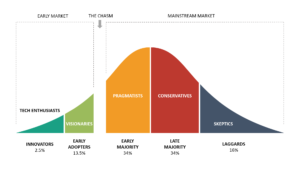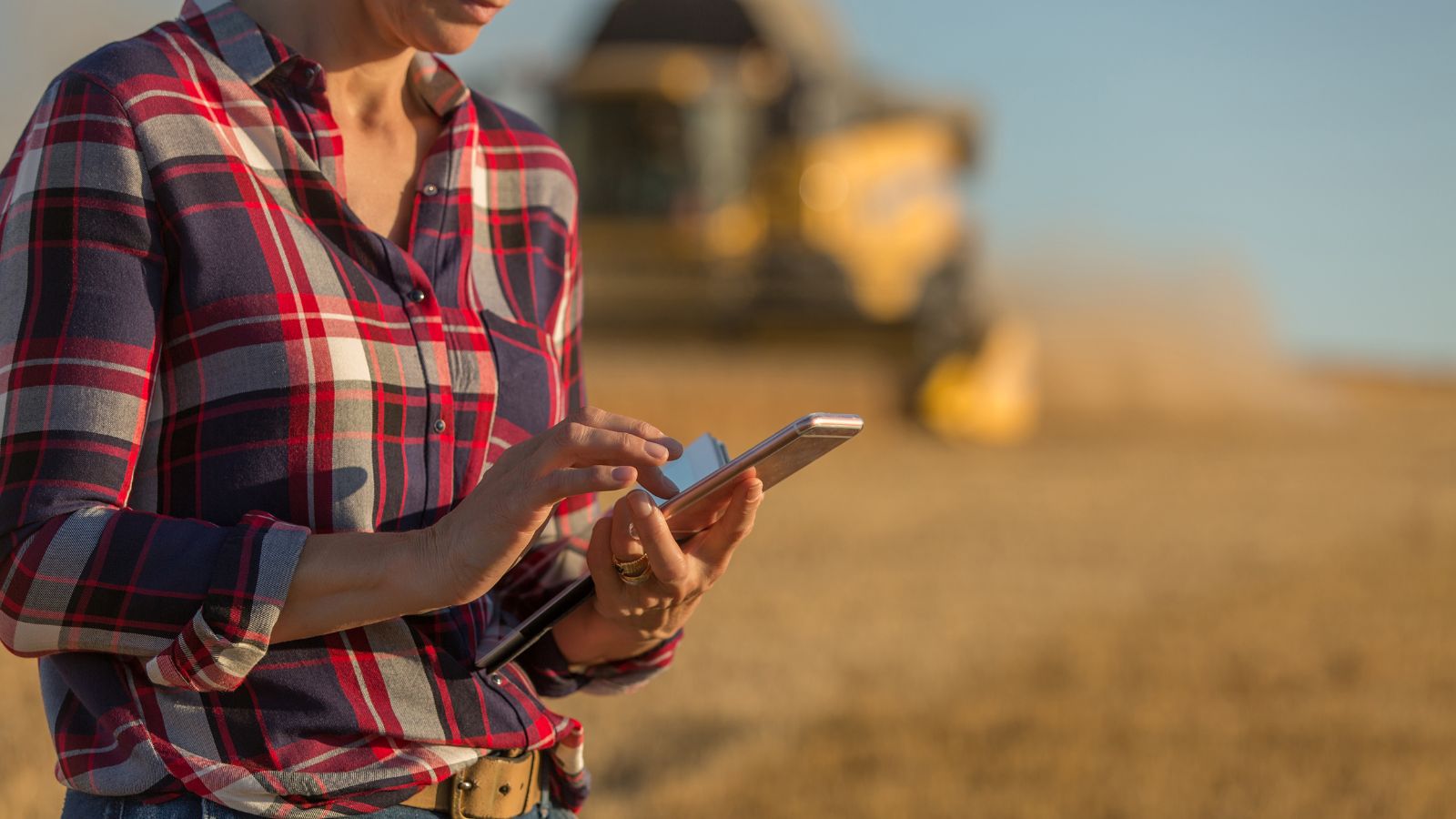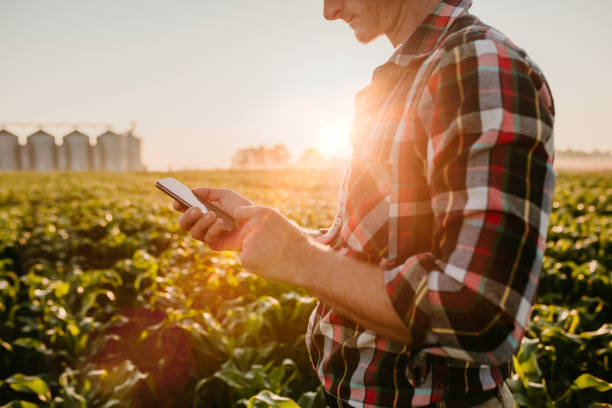
- April 28, 2022
Risks of Being ‘Late to the Party’ with Digital Tools
Collin Phillip, Country Manager – Canada, suggests those waiting to embrace digital tools risk being left behind.
Innovation has always been a core aspect of agriculture. From mechanization, to the improvements in genetics and biotechnology traits.
The most recent innovation frontier is the abundance of digital tools ranging from satellite imagery to predictive analytics or retail portals.
By 2025, the next frontier of digital tools will have the industry no longer asking, “why would I need digital,” but wondering, “how do I operate without it?”
Digital Agriculture is About Working Smarter Not Harder
Change happens when the risk of doing nothing becomes greater than the risk of embracing the change.
The significant changes that the industry saw from technological advances in machinery, genetics, and chemical innovations have mostly run their course. The days of 10-bushel yield advances from these technologies are a thing of the past with most crop inputs today essentially parity offerings.
Digital agriculture is ready to keep the sector moving forward, rather than risk stagnation.
Today’s growers, retailers and manufacturers can no longer bet on their competitive advantage coming from crop inputs. Rather they must find their profit, differentiation, and competitive edge by utilizing the range of digital tools that the agtech evolution has to offer.
The Digital Flywheel
It is unlikely that the designers of Google Maps envisioned a tool that could help predict the busiest time of day at a particular location.
However, as users began engaging with the software it created a data set of new information which in turn created new insights. Not only can you find the quickest route to your destination, but you can beat traffic and the crowds too.
From that example, what are the things we’ve not yet imagined digital can do for the agriculture community? That’s an enticing question.
There have been many recent announcements of ag companies partnering to build platforms to utilize new data points.
Take the Bayer & Microsoft strategic partnership for example,
As industry players begin to embrace and use digital tools they shape, contribute, and aggregate data in a way that allows for new and powerful insights to be extracted. The more these tools are used, the smarter they become and the more incremental value they provide.
That’s the fundamental “why” of digital tools — digital is a self-fulfilling prophecy of value creating more value.
The momentum will continue to build.
The Momentum is Building for Digital Ag
It’s hard to imagine an industry more complex, diversified and positionally primed to reap the unique benefits that data analysis, artificial intelligence and digital tools can provide than agriculture.
Back in 2010, industry forecasts suggested growers would be slow to adopt smartphone technology. Smartphones seemed, at face value, a great technology to benefit the very busy nature and long hours this industry requires, so why would there be a delay?
Those forecasters had it right on the lag in timing but they fully missed the mark in how fast and thoroughly the industry would make the change once smartphone tech finally made sense for them.
The agriculture sector essentially skipped the incremental advances in smartphone tech that other industries experienced — aka the Blackberry. Practically overnight folks went from flip-phones in the tractor that could only be used for calls, to smartphones that could allow for real-time research in the cab.
The same will be true for digital tools across the industry going forward. Whether it be satellite imagery, predictive analytics or retail portals.
Tools that offer immediate and tangible value to the industry will see rapid adoption while those that don’t will struggle to gain and maintain user adoption.
Technology Adoption Lifecycle




